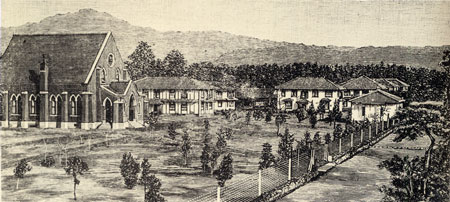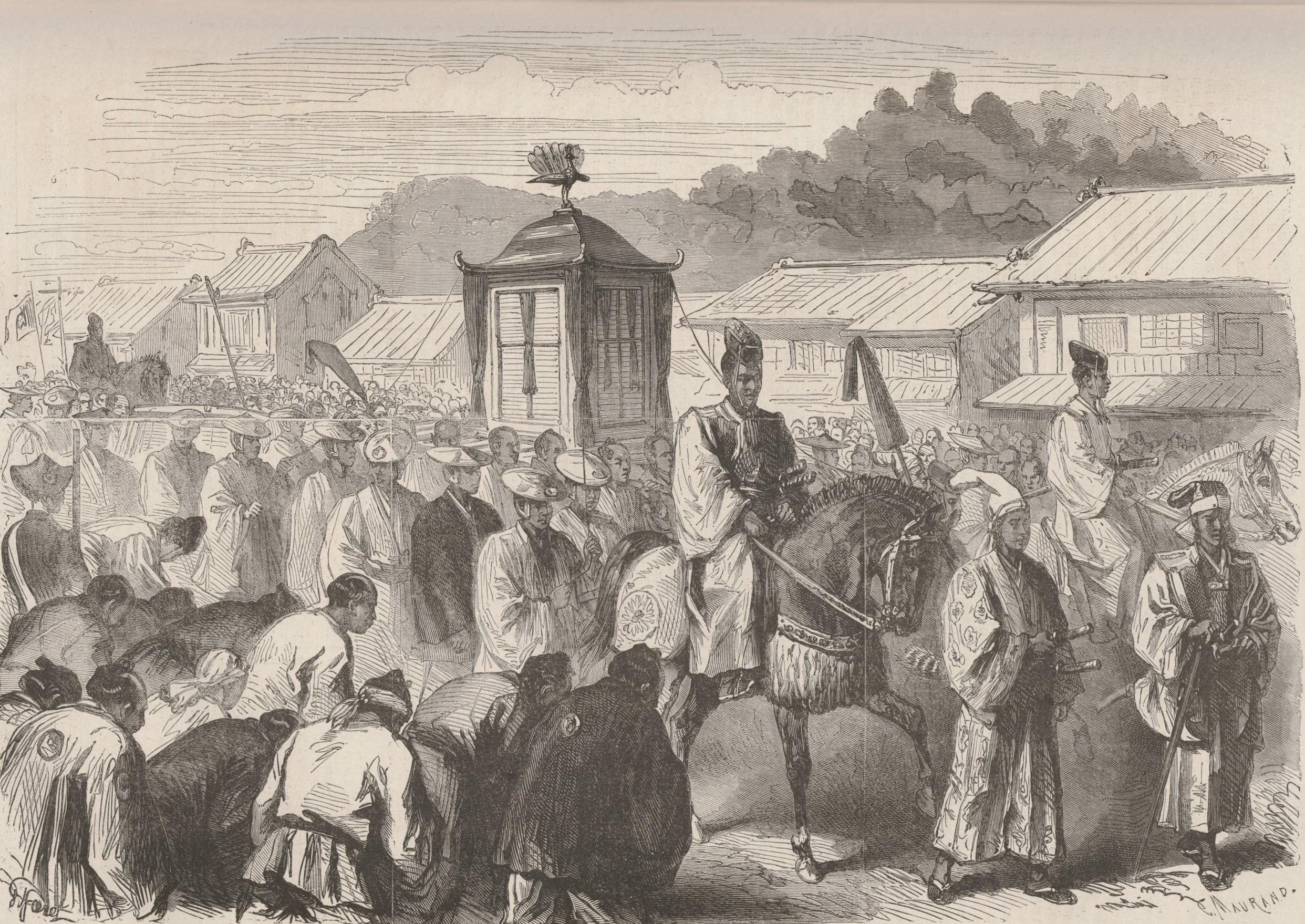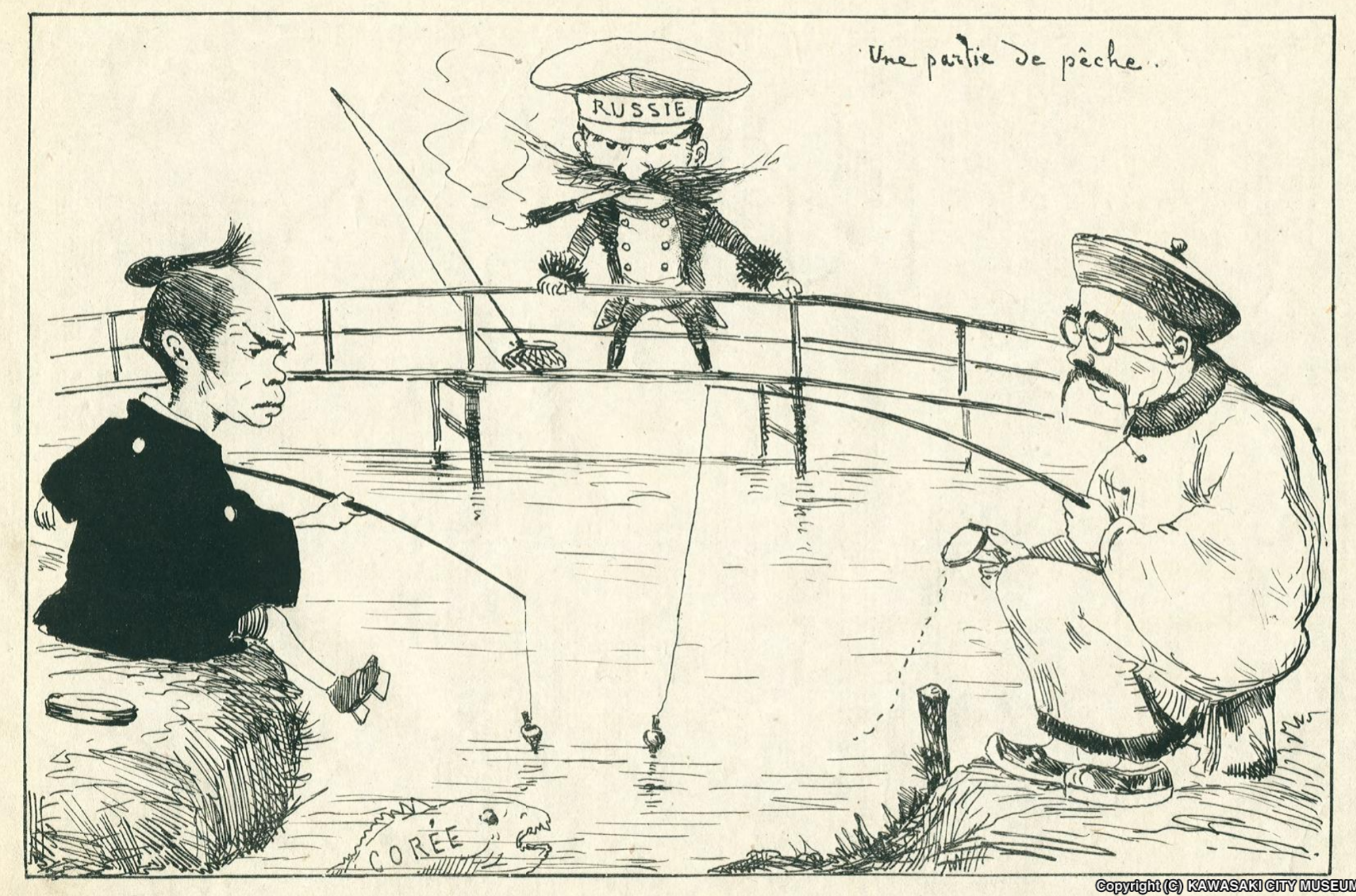|
Joseph Hardy Neesima
(born ; 12 February 1843 – 23 January 1890), better known by his English name Joseph Hardy Neesima, was a Japanese Protestant missionary and educator of the Meiji era who founded Doshisha English School (later Doshisha University). He was the husband of Yamamoto Yaeko, a former soldier and nurse who served during the Boshin War, Russo-Japanese and Sino-Japanese War, who later founded Doshisha Girls' School. Early life He was born in Edo (present-day Tokyo), the son of a retainer of the Itakura clan of Annaka. His childhood name was . He attended Tokugawa Naval School from 1861. In 1864, laws on national isolation were still in effect in Japan, and Japanese people were not permitted to travel overseas without government permission. However, Niijima had read extensively on various rangaku topics, and was determined to come to America. At the age of 21, he entreated Captain William T. Savory, of Salem, Massachusetts, commander of the brig ''Berlin'', for safe pas ... [...More Info...] [...Related Items...] OR: [Wikipedia] [Google] [Baidu] |
Meiji Period
The is an era of Japanese history that extended from October 23, 1868 to July 30, 1912. The Meiji era was the first half of the Empire of Japan, when the Japanese people moved from being an isolated feudal society at risk of colonization by Western powers to the new paradigm of a modern, industrialized nation state and emergent great power, influenced by Western scientific, technological, philosophical, political, legal, and aesthetic ideas. As a result of such wholesale adoption of radically different ideas, the changes to Japan were profound, and affected its social structure, internal politics, economy, military, and foreign relations. The period corresponded to the reign of Emperor Meiji. It was preceded by the Keiō era and was succeeded by the Taishō era, upon the accession of Emperor Taishō. The rapid modernization during the Meiji era was not without its opponents, as the rapid changes to society caused many disaffected traditionalists from the former samu ... [...More Info...] [...Related Items...] OR: [Wikipedia] [Google] [Baidu] |
Christianity
Christianity is an Abrahamic monotheistic religion based on the life and teachings of Jesus of Nazareth Jesus, likely from he, יֵשׁוּעַ, translit=Yēšūaʿ, label=Hebrew/Aramaic ( AD 30 or 33), also referred to as Jesus Christ or Jesus of Nazareth (among other names and titles), was a first-century Jewish preacher and religious .... It is the Major religious groups, world's largest and most widespread religion with roughly 2.38 billion followers representing one-third of the global population. Its adherents, known as Christians, are estimated to make up a majority of the population in Christianity by country, 157 countries and territories, and believe that Jesus in Christianity, Jesus is the Son of God (Christianity), Son of God, whose coming as the Messiah#Christianity, messiah was Old Testament messianic prophecies quoted in the New Testament, prophesied in the Hebrew Bible (called the Old Testament in Christianity) and chronicled in the New Testamen ... [...More Info...] [...Related Items...] OR: [Wikipedia] [Google] [Baidu] |
United States
The United States of America (U.S.A. or USA), commonly known as the United States (U.S. or US) or America, is a country primarily located in North America. It consists of 50 U.S. state, states, a Washington, D.C., federal district, five major unincorporated territories, nine United States Minor Outlying Islands, Minor Outlying Islands, and 326 Indian reservations. The United States is also in Compact of Free Association, free association with three Oceania, Pacific Island Sovereign state, sovereign states: the Federated States of Micronesia, the Marshall Islands, and the Palau, Republic of Palau. It is the world's List of countries and dependencies by area, third-largest country by both land and total area. It shares land borders Canada–United States border, with Canada to its north and Mexico–United States border, with Mexico to its south and has maritime borders with the Bahamas, Cuba, Russia, and other nations. With a population of over 333 million, it is the List of ... [...More Info...] [...Related Items...] OR: [Wikipedia] [Google] [Baidu] |
Salem, Massachusetts
Salem ( ) is a historic coastal city in Essex County, Massachusetts, located on the North Shore of Greater Boston. Continuous settlement by Europeans began in 1626 with English colonists. Salem would become one of the most significant seaports trading commodities in early American history. It is a suburb of Boston. Today Salem is a residential and tourist area that is home to the House of Seven Gables, Salem State University, Pioneer Village, the Salem Maritime National Historic Site, Salem Willows Park, and the Peabody Essex Museum. It features historic residential neighborhoods in the Federal Street District and the Charter Street Historic District.Peabody Essex announces $650 million campaign WickedLocal.com, November 14, 2011 [...More Info...] [...Related Items...] OR: [Wikipedia] [Google] [Baidu] |
Rangaku
''Rangaku'' (Kyūjitai: /Shinjitai: , literally "Dutch learning", and by extension "Western learning") is a body of knowledge developed by Japan through its contacts with the Dutch enclave of Dejima, which allowed Japan to keep abreast of Western technology and medicine in the period when the country was closed to foreigners from 1641 to 1853 because of the Tokugawa shogunate's policy of national isolation (sakoku). Through Rangaku, some people in Japan learned many aspects of the scientific and technological revolution occurring in Europe at that time, helping the country build up the beginnings of a theoretical and technological scientific base, which helps to explain Japan's success in its radical and speedy modernization following the forced American opening of the country to foreign trade in 1854. History The Dutch traders at Dejima in Nagasaki were the only Europeans tolerated in Japan from 1639 until 1853 (the Dutch had a trading post in Hirado from 1609 till 16 ... [...More Info...] [...Related Items...] OR: [Wikipedia] [Google] [Baidu] |
Sakoku
was the isolationist foreign policy of the Japanese Tokugawa shogunate under which, for a period of 265 years during the Edo period (from 1603 to 1868), relations and trade between Japan and other countries were severely limited, and nearly all foreign nationals were banned from entering Japan, while common Japanese people were kept from leaving the country. The policy was enacted by the shogunate government (or ) under Tokugawa Iemitsu through a number of edicts and policies from 1633 to 1639, and ended after 1853 when the Perry Expedition commanded by Matthew C. Perry forced the opening of Japan to American (and, by extension, Western) trade through a series of treaties, called the Convention of Kanagawa. It was preceded by a period of largely unrestricted trade and widespread piracy. Japanese mariners and merchants traveled Asia, sometimes forming communities in certain cities, while official embassies and envoys visited Asian states, New Spain (known as Mexico sinc ... [...More Info...] [...Related Items...] OR: [Wikipedia] [Google] [Baidu] |
Annaka Domain
was a feudal domain under the Tokugawa shogunate of Edo period Japan, located in Kōzuke Province (modern-day Gunma Prefecture), Japan. It was centered on Annaka Castle in what is now the city of Annaka, Gunma. History Ii Naomasa was one of Tokugawa Ieyasu's most trusted Four Generals, and was made ''daimyō'' of Hikone Domain, with revenues of 180,000 '' koku''. After his death in 1603, he was succeeded by his son, Ii Naotsugu, who was in poor health. Naotsugu sent his younger brother, Ii Naokatsu to the Siege of Osaka, where he served with great distinction. As a reward, Tokugawa Ieyasu gave Hikone to Naokatsu, and reassigned his elder brother to the much smaller holding (30,000 ''koku'') of Annaka in 1615. This marked the start of Annaka Domain. After beginning work on Annaka Castle and the surrounding castle town, Naotsugu retired in favor of his son, Ii Naoyoshi, who was transferred to Nishio Domain in Mikawa Province in 1643. The Ii clan was replaced by Mizuno Motot ... [...More Info...] [...Related Items...] OR: [Wikipedia] [Google] [Baidu] |
Itakura Clan
The is a Japanese clan which came to prominence during the Sengoku period.Meyer, Eva-Maria"Gouverneure von Kyôto in der Edo-Zeit." Universität Tübingen (in German). The family claimed descent from Shibukawa Yoshiaki, the son of Ashikaga Yasuuji, a relative of the Ashikaga shōguns. Over time, the clan evolved into several branches which were daimyō, ruling the Bitchū-Matsuyama, Niwase, Fukushima, and Annaka Domains. One of Yoshiaki's descendants went to Mikawa Province and entered the service of the Matsudaira clan; the Itakura subsequently became fudai. The Itakura served the Matsudaira clan during its rise to power in the 16th century, and became senior officials in the new Tokugawa shogunate. In the Edo period, the Itakura were identified as one of the '' fudai'' or insider ''daimyō'' clans which were hereditary vassals or allies of the Tokugawa clan,Appert, Georges. (1888) ''Ancien Japon,'' p. 68./ref> in contrast with the '' tozama'' or outsider clans. Head ... [...More Info...] [...Related Items...] OR: [Wikipedia] [Google] [Baidu] |
Tokyo
Tokyo (; ja, 東京, , ), officially the Tokyo Metropolis ( ja, 東京都, label=none, ), is the capital and List of cities in Japan, largest city of Japan. Formerly known as Edo, its metropolitan area () is the most populous in the world, with an estimated 37.468 million residents ; the city proper has a population of 13.99 million people. Located at the head of Tokyo Bay, the prefecture forms part of the Kantō region on the central coast of Honshu, Japan's largest island. Tokyo serves as Economy of Japan, Japan's economic center and is the seat of both the Government of Japan, Japanese government and the Emperor of Japan. Originally a fishing village named Edo, the city became politically prominent in 1603, when it became the seat of the Tokugawa shogunate. By the mid-18th century, Edo was one of the most populous cities in the world with a population of over one million people. Following the Meiji Restoration of 1868, the imperial capital in Kyoto was mov ... [...More Info...] [...Related Items...] OR: [Wikipedia] [Google] [Baidu] |
Doshisha Girls’ School
is a private women's college in Kyotanabe, Kyoto, Japan. The predecessor of the school was founded in 1876, and it was chartered as a university in 1949. History In 1875, Protestant educator Niijima Jō (Joseph Hardy Neesima) founded Doshisha Eigakko (Doshisha English School: the present Doshisha University) as a boys’ school, receiving a helping hand from the American Board of Commissioners for Foreign Missions. Next year, Niijima Jō’s wife, Niijima Yae, and the American missionary Alice J. Starkweather opened a Joshi-juku (small girls’ school) at the former residence of Yanagihara family (a division of Fujiwara clan) on a site within the grounds of the current Kyoto Gyoen National Garden (Kyoto Imperial Garden). In 1877, it was renamed to Doshisha Bunko Nyokoba (Doshisha Branch School for Girls) and Niijima Jō became the principal. The school was soon renamed to Doshisha Jogakko (Doshisha Girls’ School), and in 1878 it was moved to the current Imadegawa campus ... [...More Info...] [...Related Items...] OR: [Wikipedia] [Google] [Baidu] |
First Sino-Japanese War
The First Sino-Japanese War (25 July 1894 – 17 April 1895) was a conflict between China and Japan primarily over influence in Korea. After more than six months of unbroken successes by Japanese land and naval forces and the loss of the port of Weihaiwei, the Qing government sued for peace in February 1895. The war demonstrated the failure of the Qing dynasty's attempts to modernize its military and fend off threats to its sovereignty, especially when compared with Japan's successful Meiji Restoration. For the first time, regional dominance in East Asia shifted from China to Japan; the prestige of the Qing dynasty, along with the classical tradition in China, suffered a major blow. The humiliating loss of Korea as a tributary state sparked an unprecedented public outcry. Within China, the defeat was a catalyst for a series of political upheavals led by Sun Yat-sen and Kang Youwei, culminating in the 1911 Xinhai Revolution. The war is commonly known in China as the ... [...More Info...] [...Related Items...] OR: [Wikipedia] [Google] [Baidu] |






